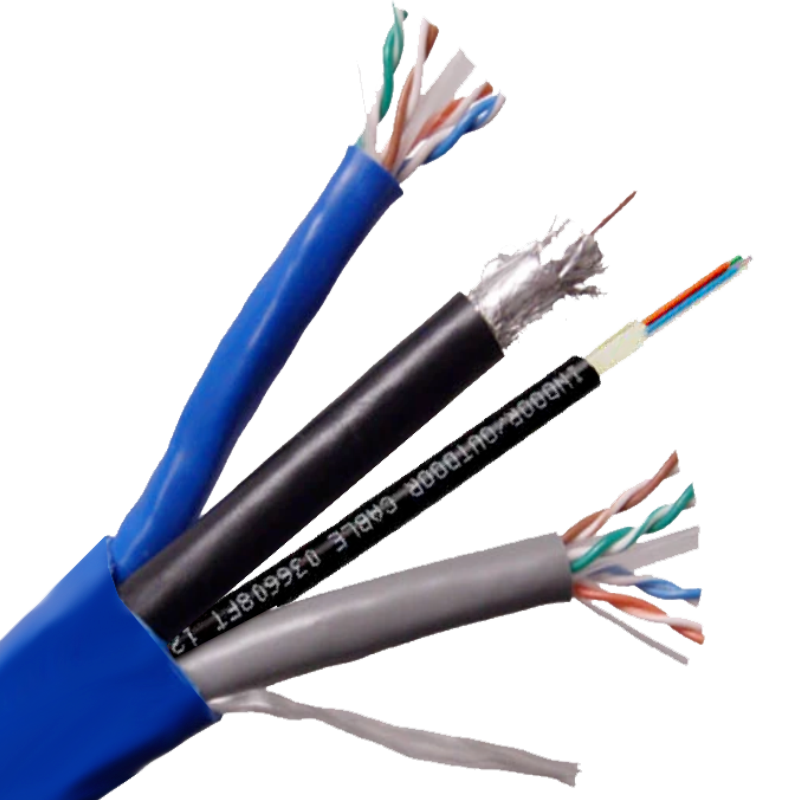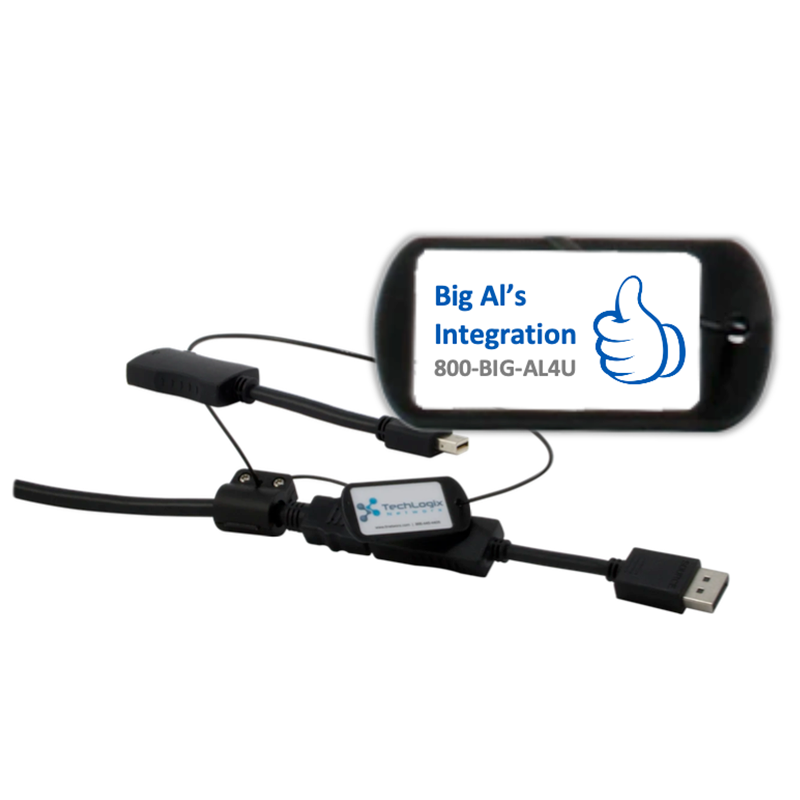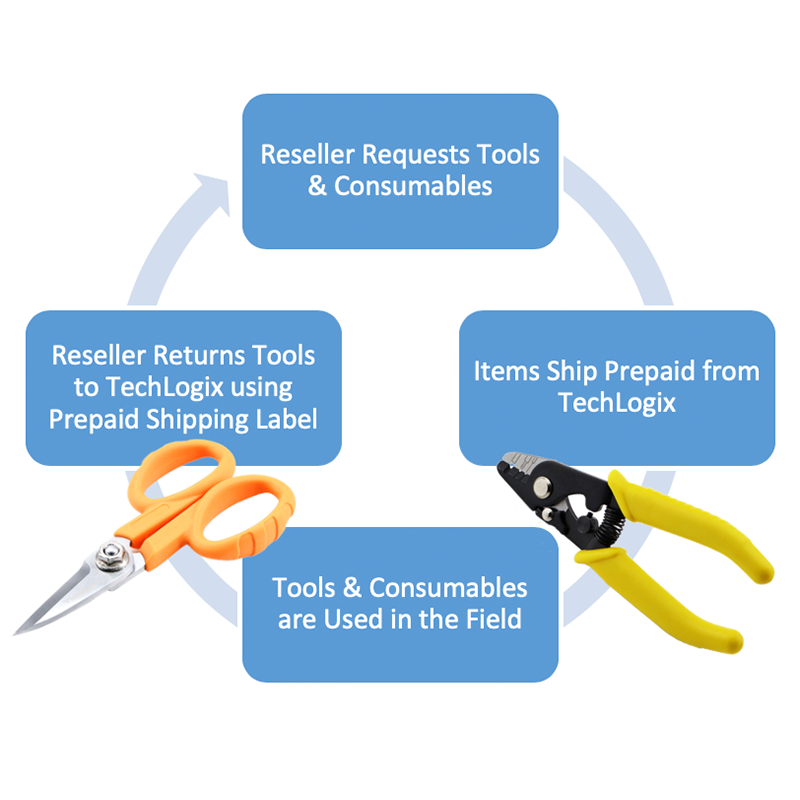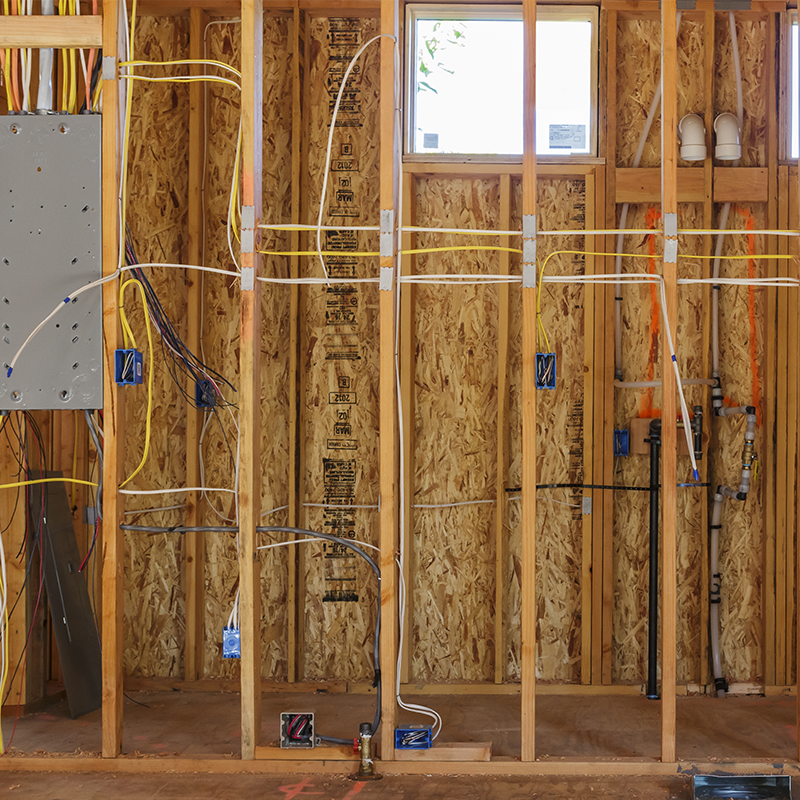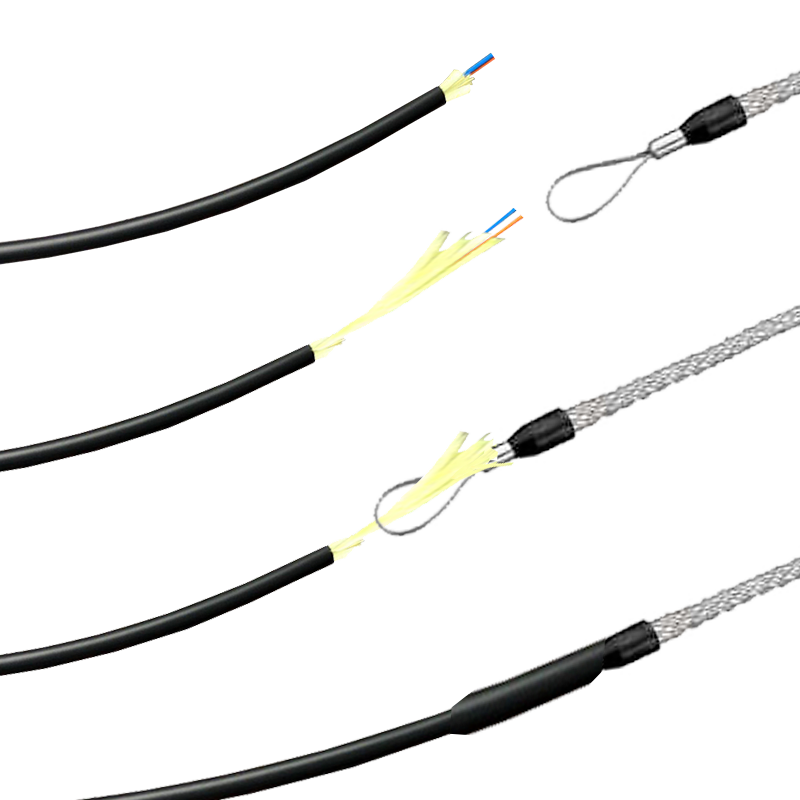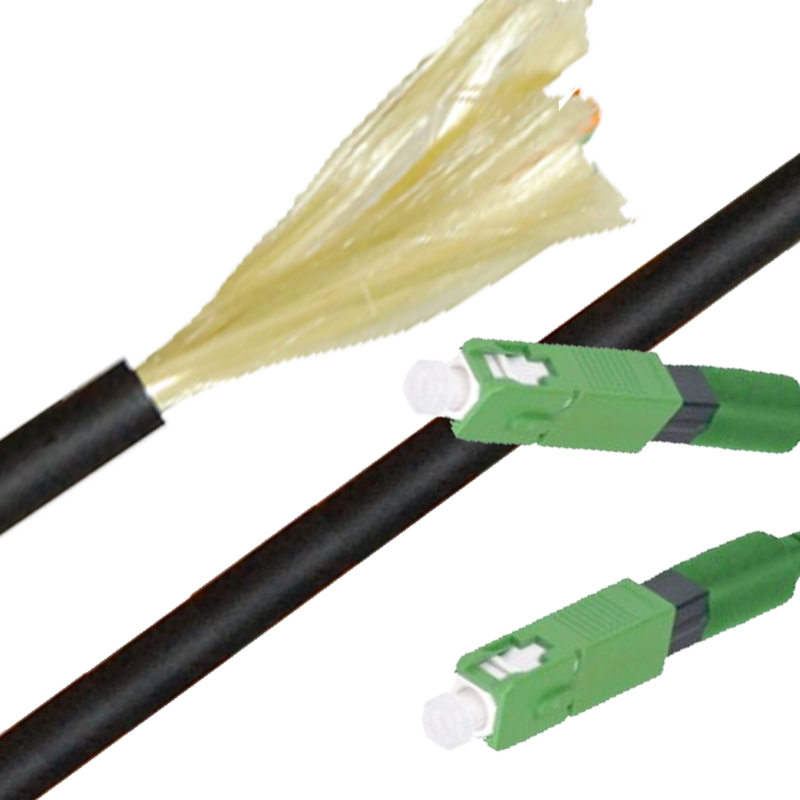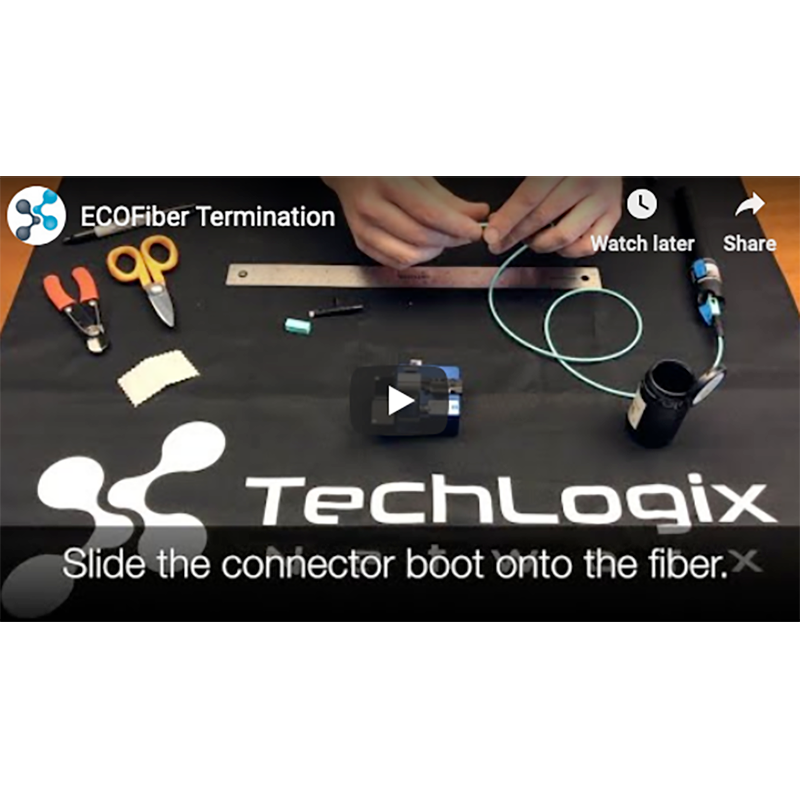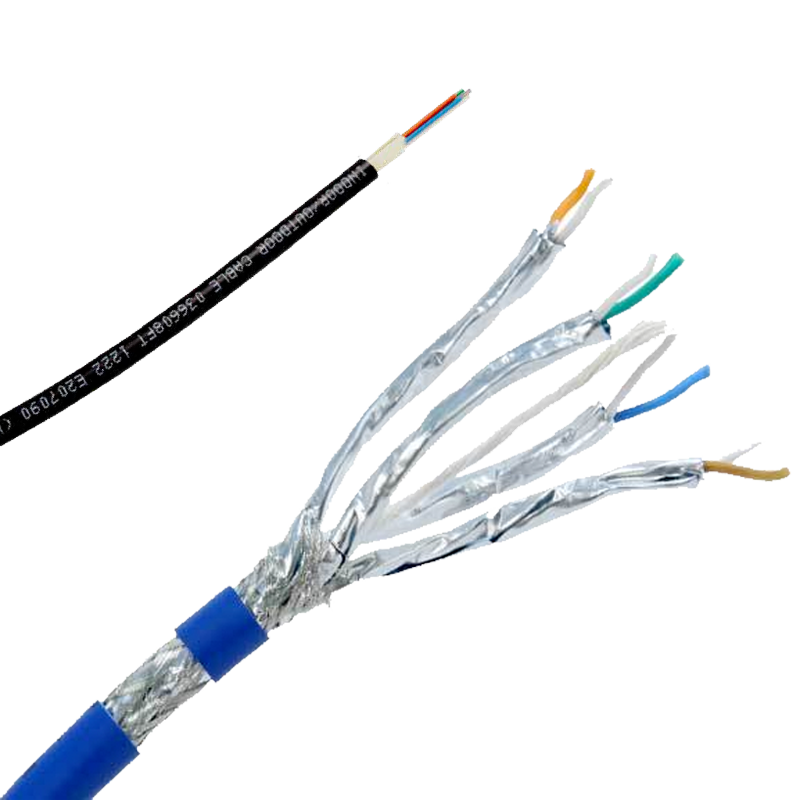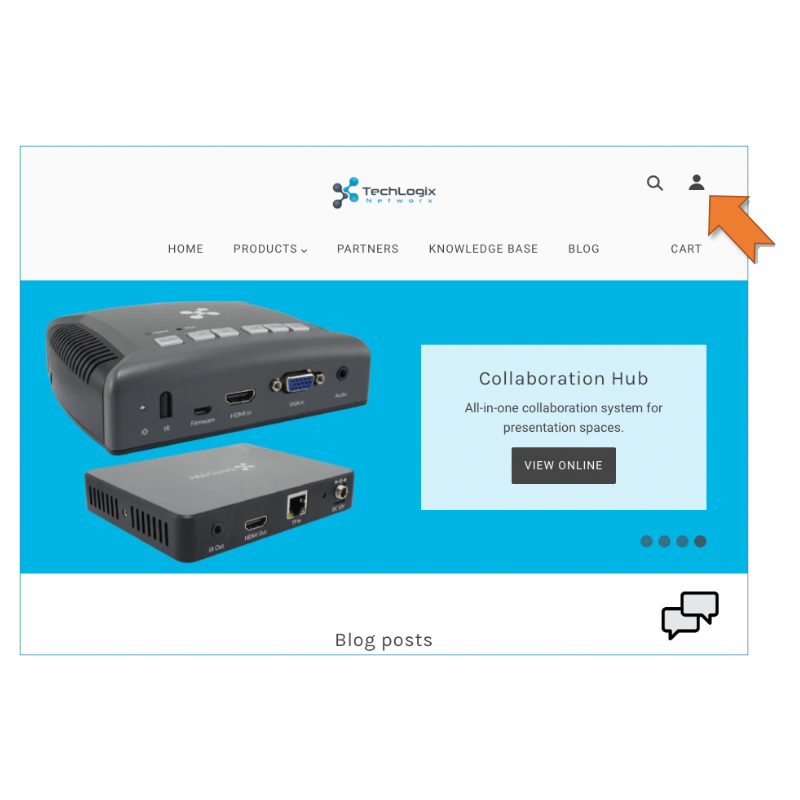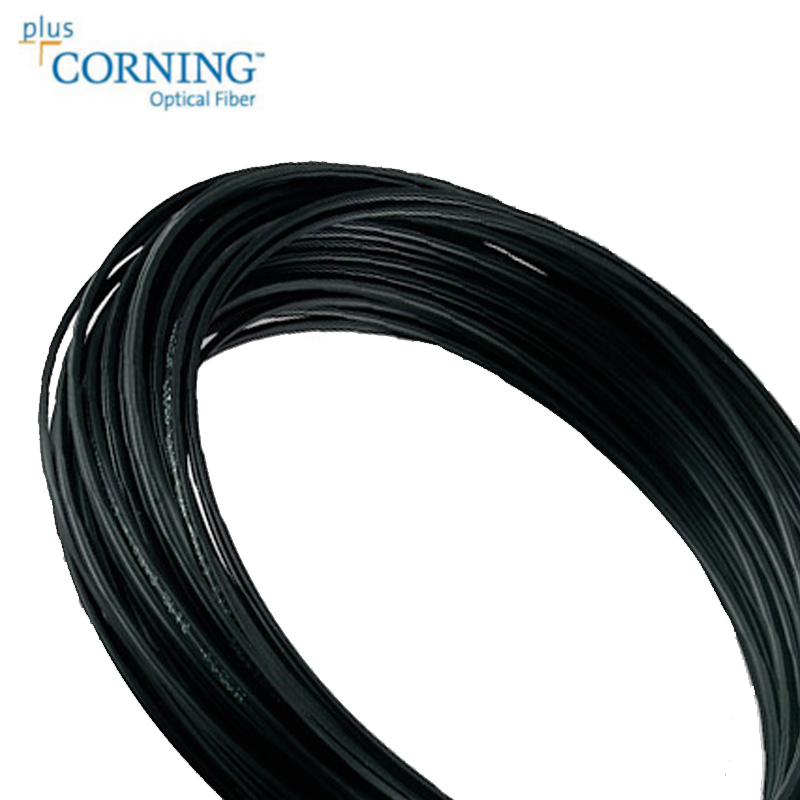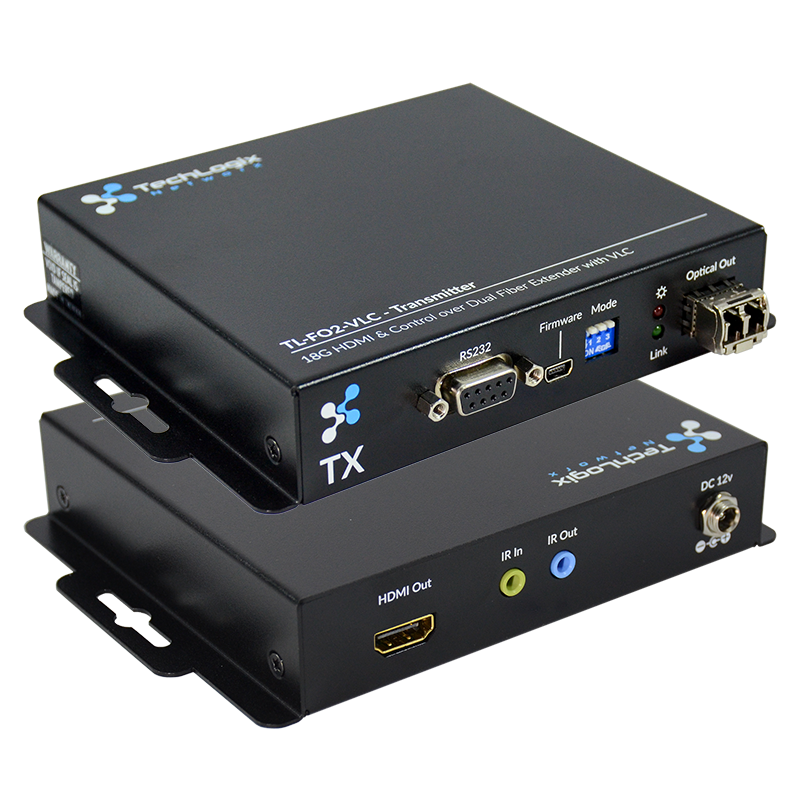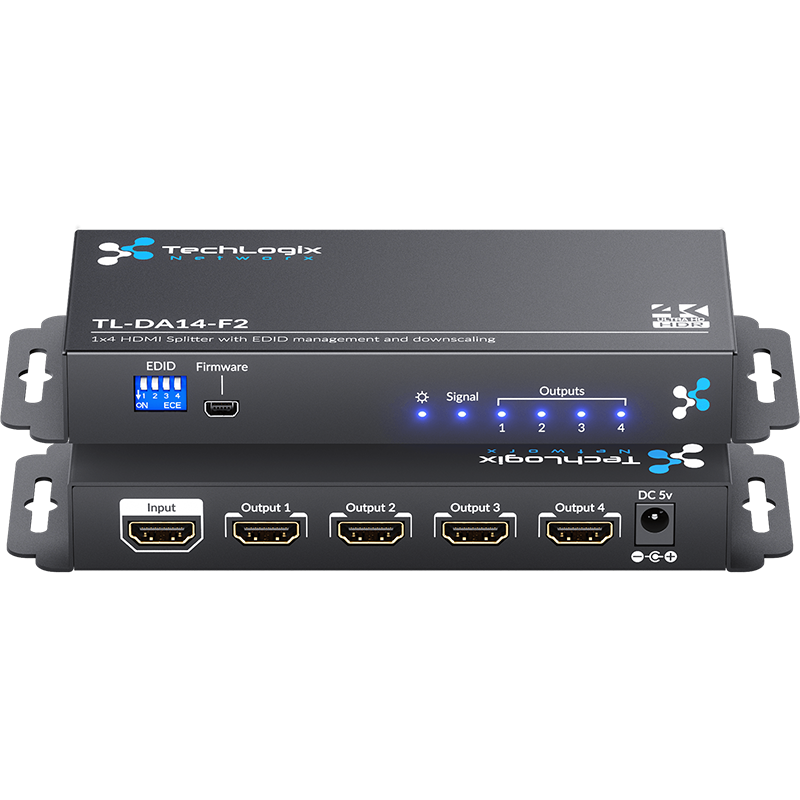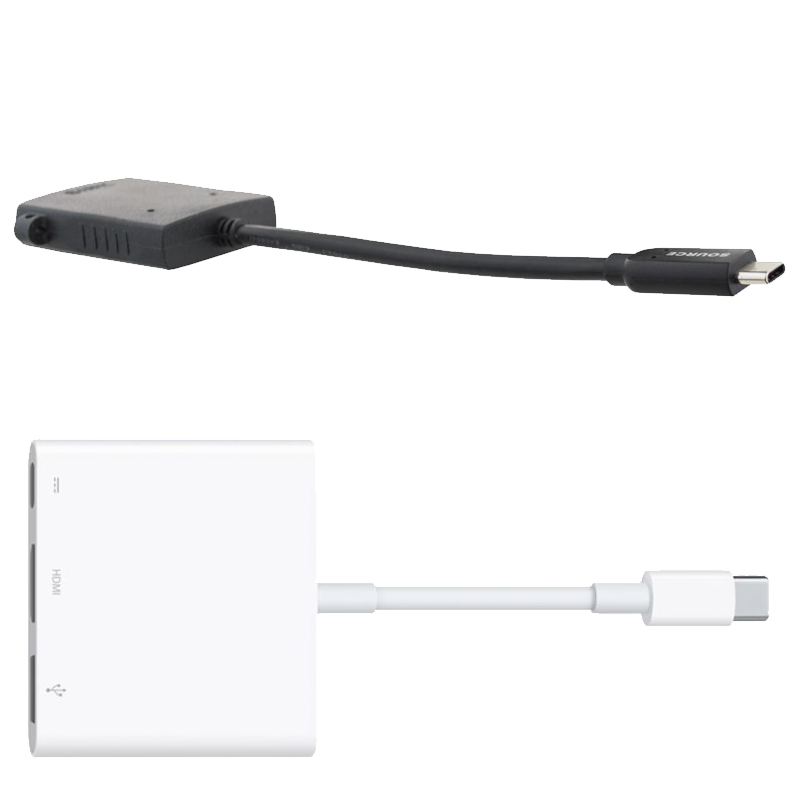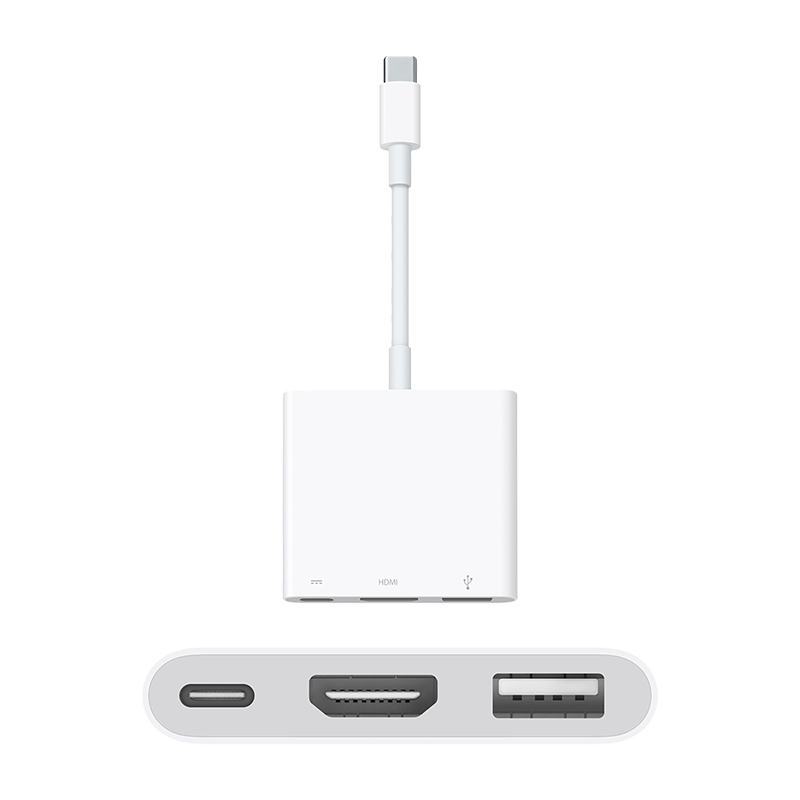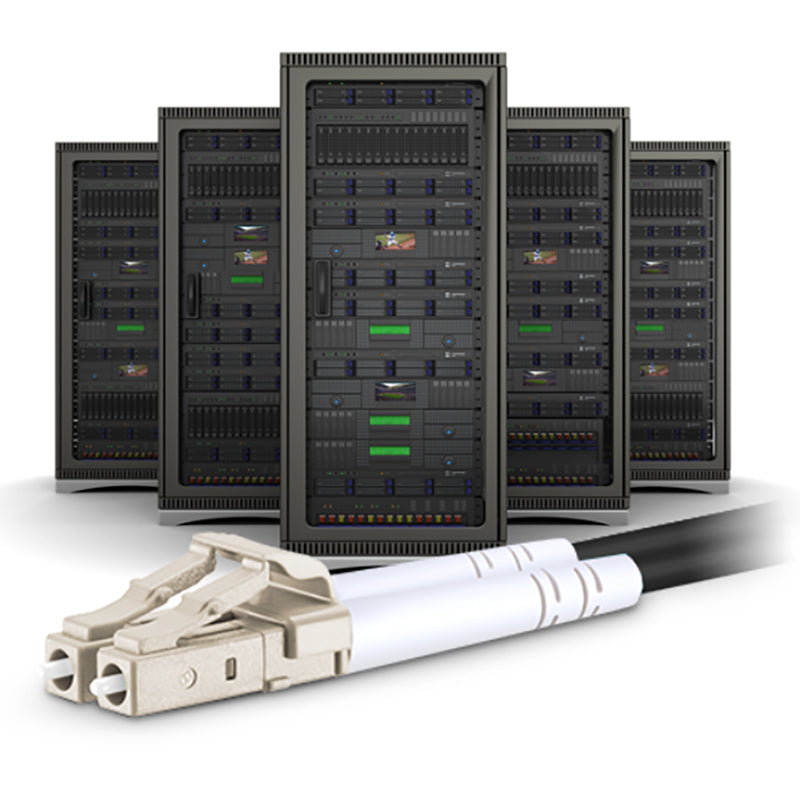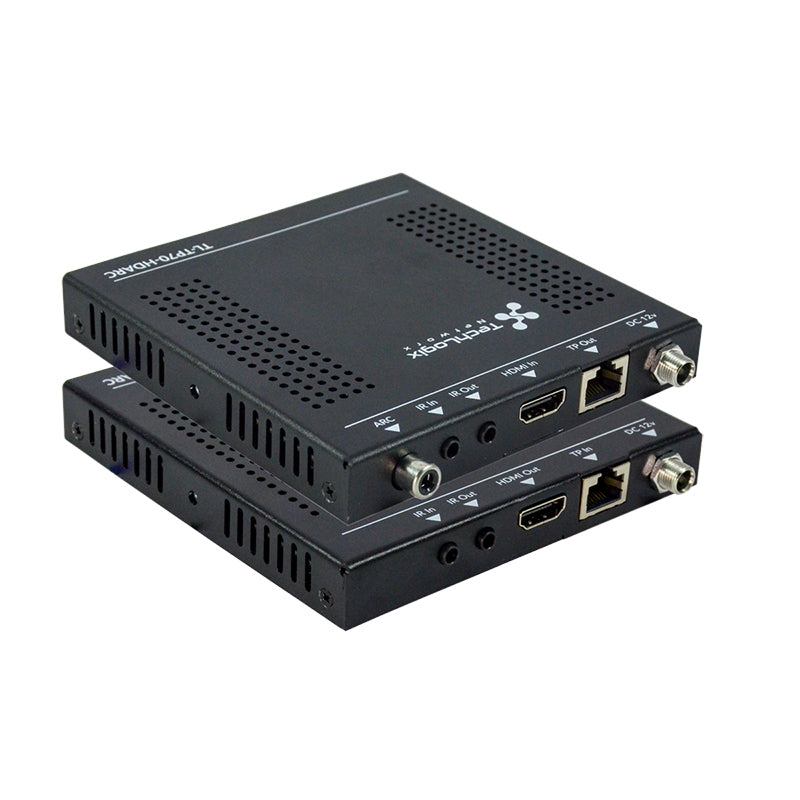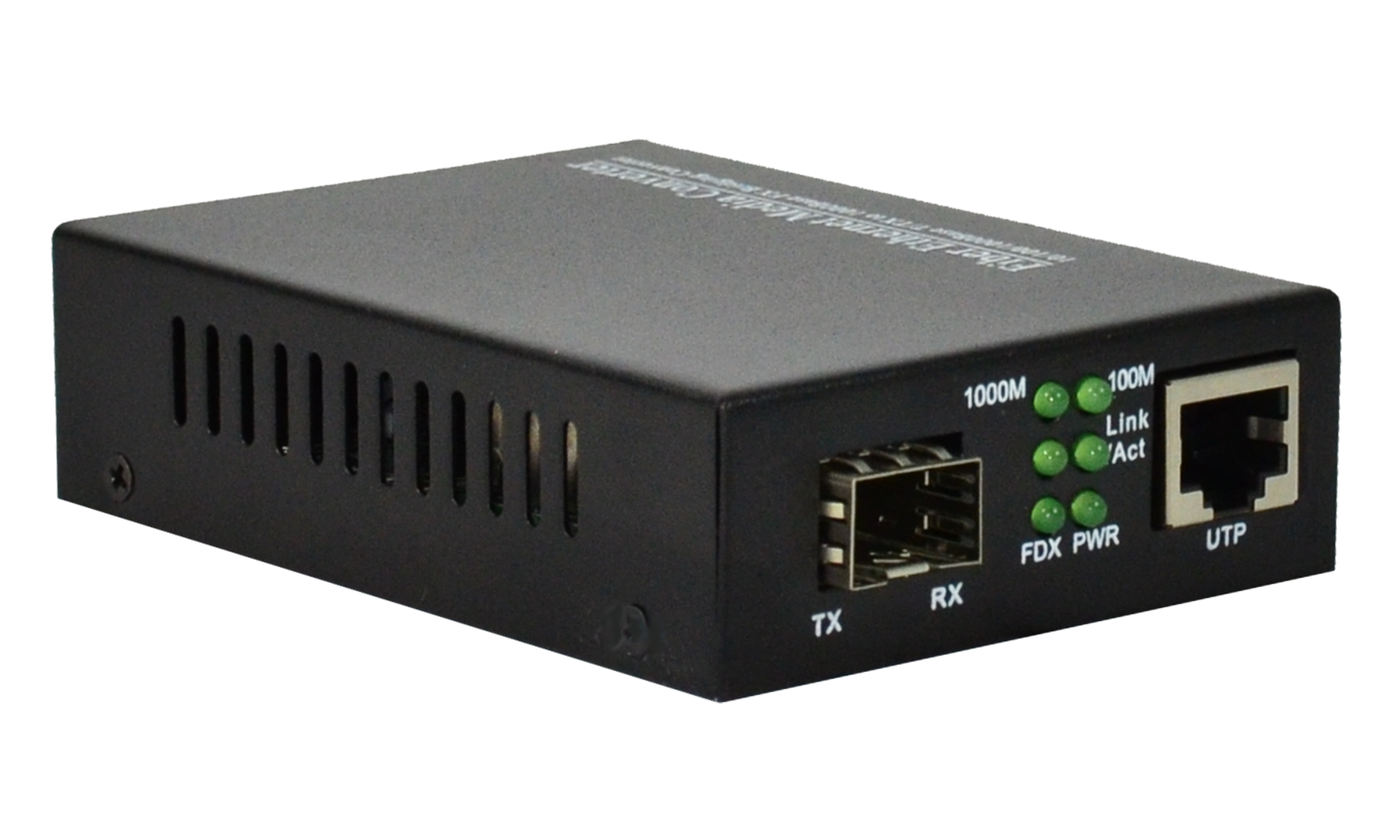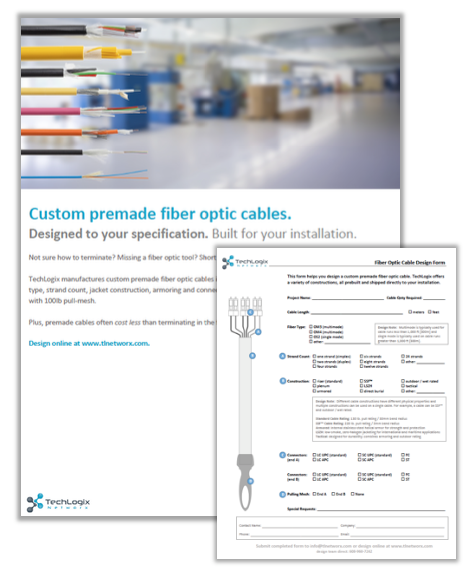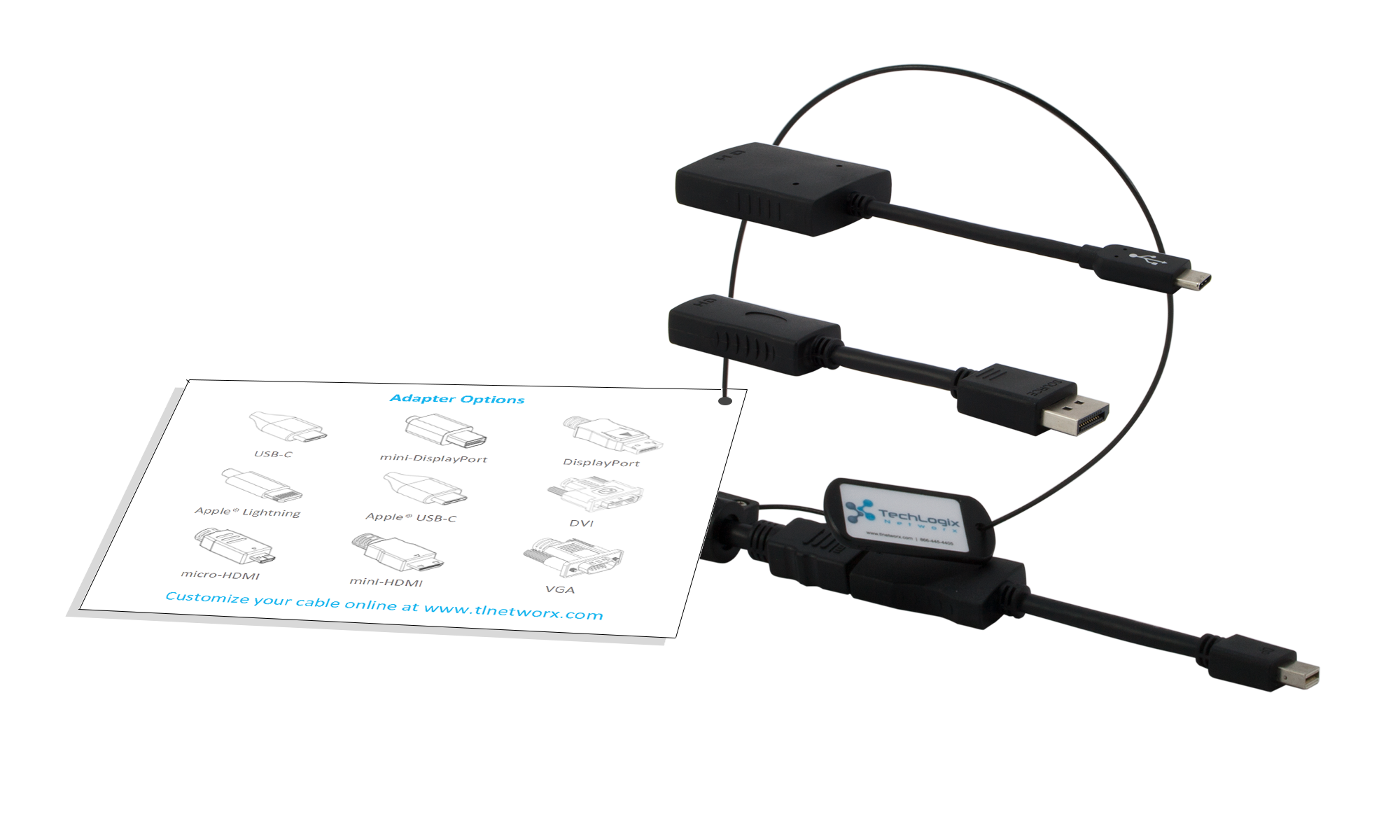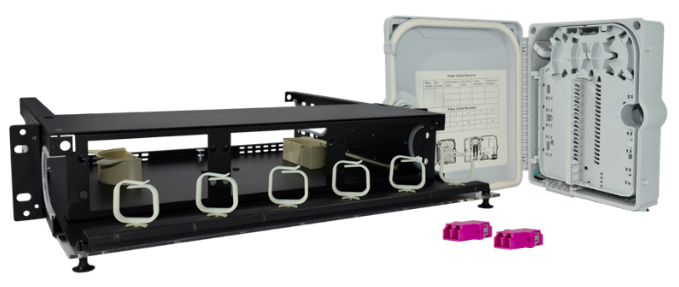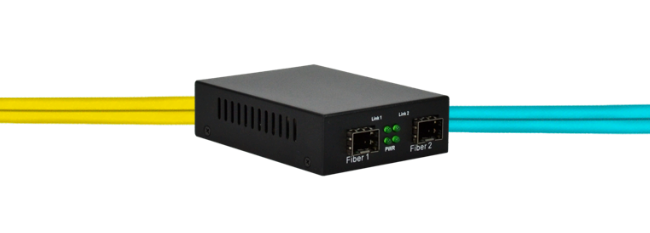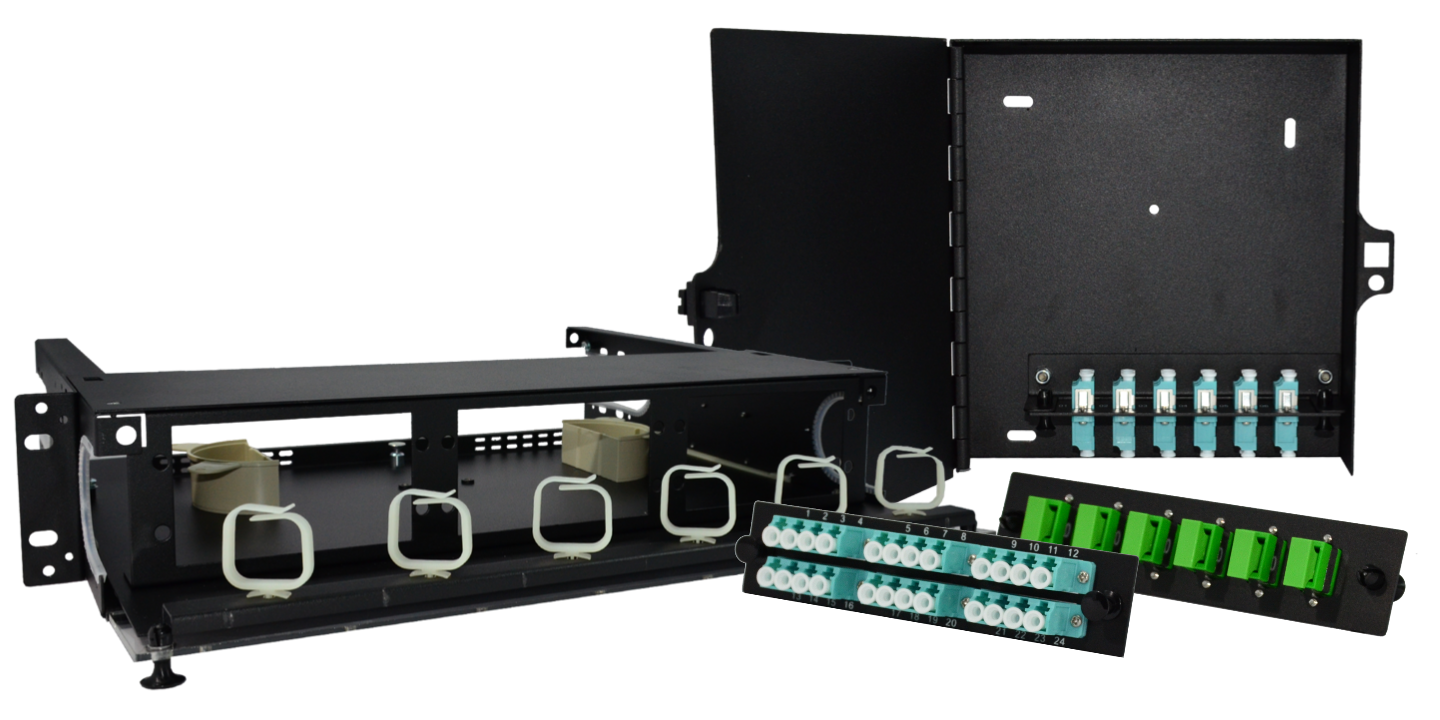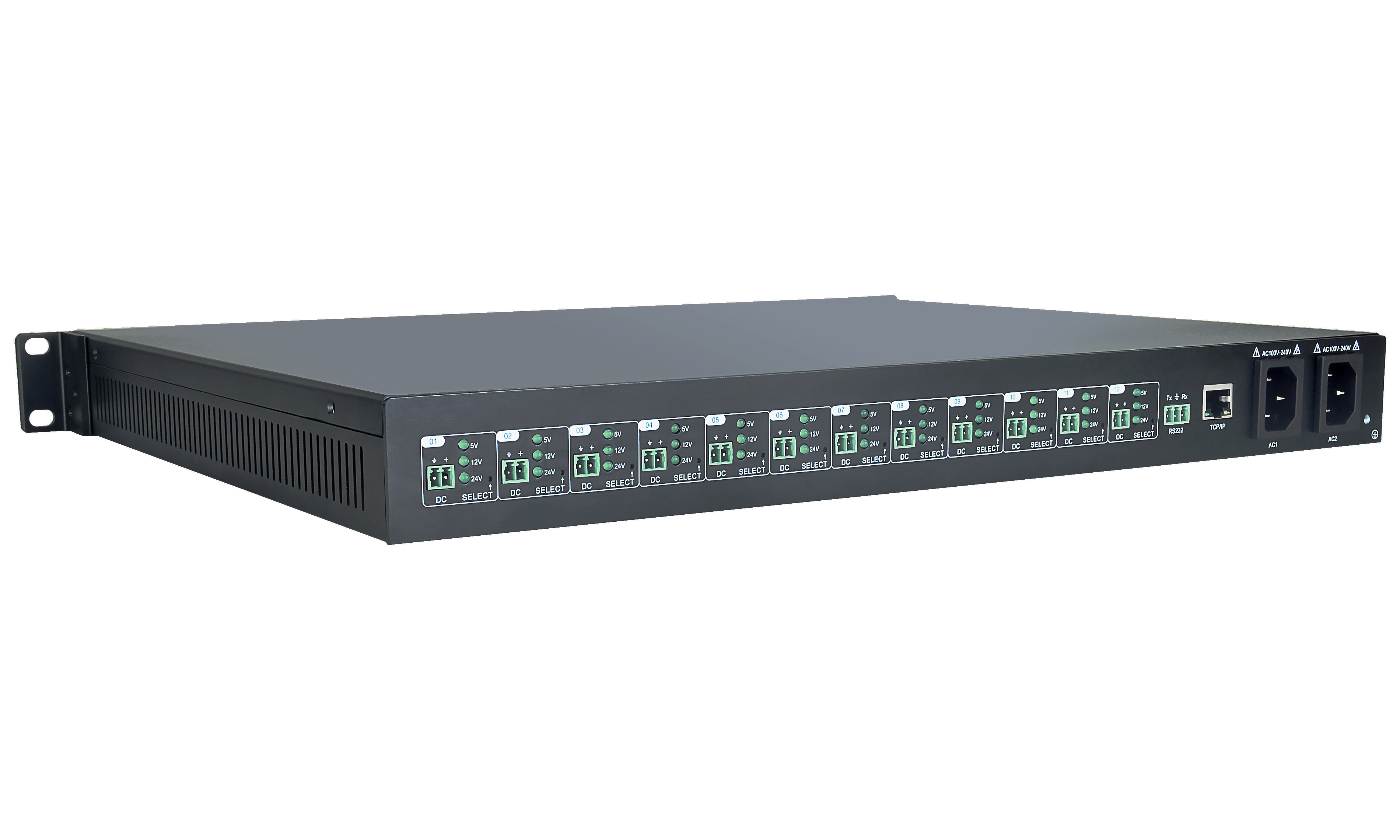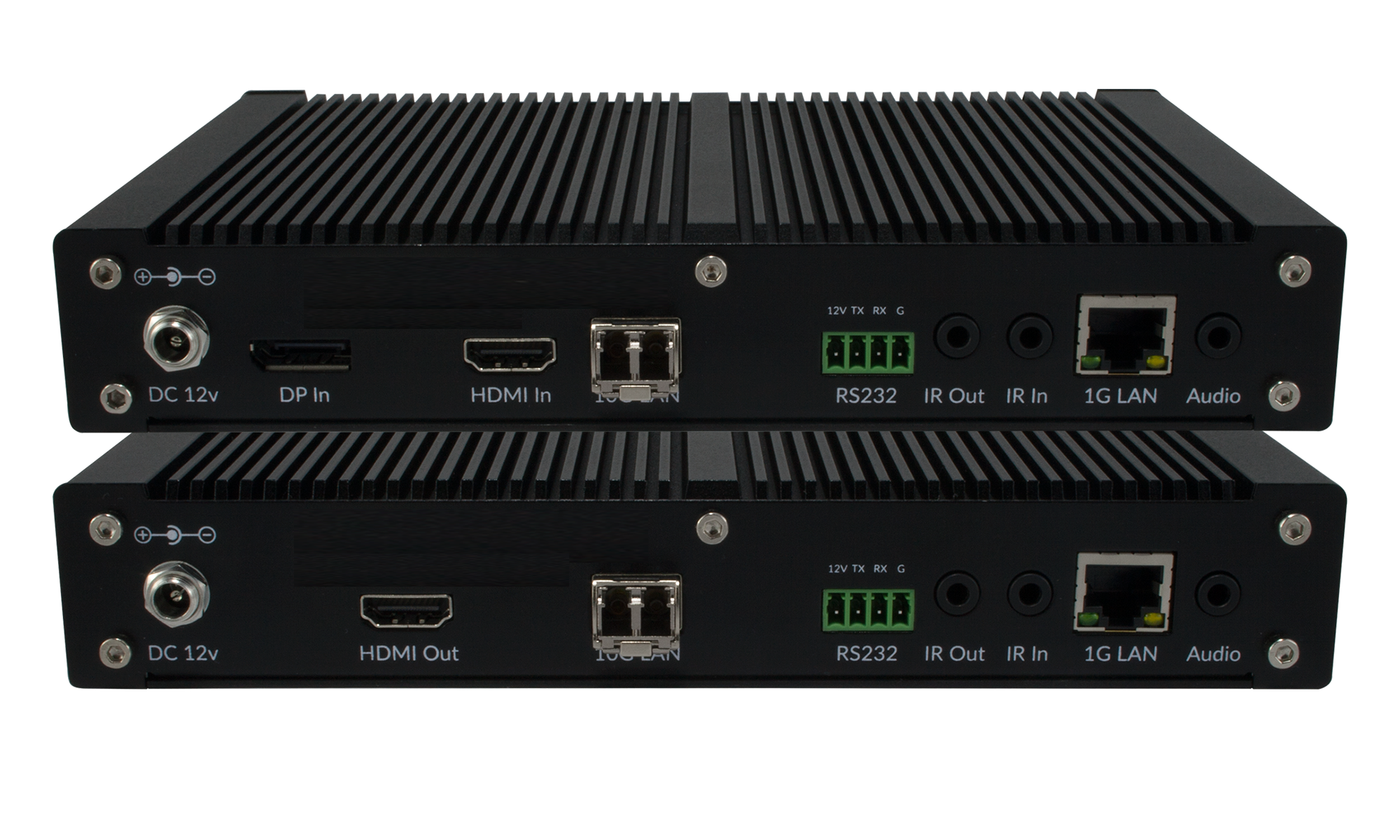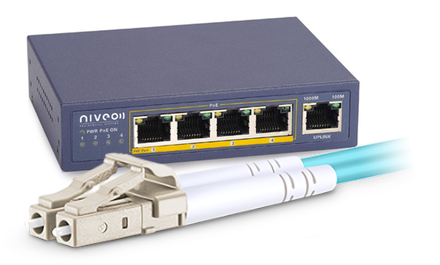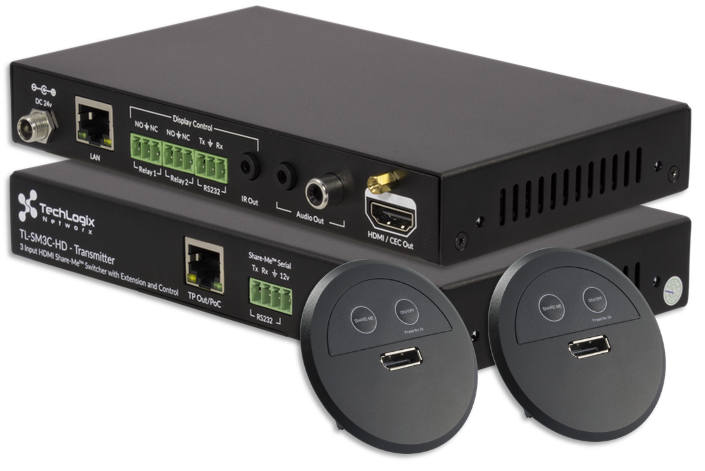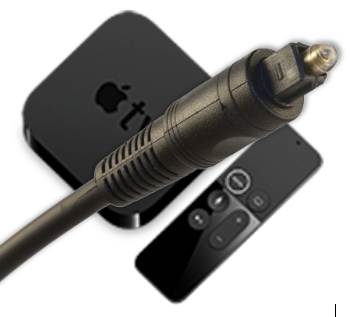March 12, 2020
· Written by Cameron Smith
TechLogix now offers custom cable bundles combining fiber with a variety of traditional low-volta...
Continue reading
March 11, 2020
· Written by Cameron Smith
Even though the TechLogix brand commands instant respect in conference rooms, classrooms and othe...
Continue reading
March 10, 2020
· Written by Cameron Smith
TechLogix now offers a rental program for fiber optic tools and test equipment. Equipment ships p...
Continue reading
February 17, 2020
· Written by Cameron Smith
Prewiring with fiber optic cable has never been easier and more cost-effective. TechLogix S2I-2M...
Continue reading
February 8, 2020
· Written by Cameron Smith
Fiber optic cable is surprisingly strong, durable and pliable; however, several best practices sh...
Continue reading
January 18, 2020
· Written by Cameron Smith
This article covers the typical steps required to repair and/or re-terminate a damaged fiber opti...
Continue reading
January 16, 2020
· Written by Cameron Smith
TechLogix released a new video showing the ECOFiber™ termination process. You can view the video ...
Continue reading
January 15, 2020
· Written by Cameron Smith
eSports Frequently Asked Questions
What is eSports?
eSports is competitive, organized video gami...
Continue reading
January 13, 2020
· Written by Cameron Smith
With the advent of Cat 7 and Cat 8, we are often asked why someone would integrate fiber optic ca...
Continue reading
January 2, 2020
· Written by Cameron Smith
The TechLogix online reseller portal is now live. Resellers can place orders, view pricing and ma...
Continue reading
December 19, 2019
· Written by Cameron Smith
TechLogix now offers bulk cable with the performance of Corning ClearCurve® fiber. Why ClearCurve...
Continue reading
December 19, 2019
· Written by Cameron Smith
TechLogix released a new HDMI over fiber extender set -- the TL-FO2-VLC -- which replaces the ex...
Continue reading
December 2, 2019
· Written by Cameron Smith
TechLogix introduced the TL-DA14-F2, a 1x4 HDMI splitter with built-in EDID management and scalin...
Continue reading
December 1, 2019
· Written by Cameron Smith
Continue reading
November 14, 2019
· Written by Cameron Smith
As USB-C becomes more prominent on electronics, the need to adapt USB-C to HDMI affects more and ...
Continue reading
November 4, 2019
· Written by Cameron Smith
Apple has announced the replacement of its USB-C Digital AV Multiport Adapter which supports the ...
Continue reading
October 15, 2019
· Written by Cameron Smith
Introducing TechLogix Black Series™ patch and premade cables.
Forget the delicate rainbow of fibe...
Continue reading
September 30, 2019
· Written by Cameron Smith
TechLogix released a new twisted pair extender set -- the TL-TP70-HDARC -- which replaces the exi...
Continue reading
August 20, 2019
· Written by Cameron Smith
TechLogix Share-Me™ collaboration systems have transformed thousands of meeting rooms, classrooms...
Continue reading
August 5, 2019
· Written by Cameron Smith
Media converters adapt fiber signals to a variety of different formats and/or cable types. They ...
Continue reading
August 5, 2019
· Written by Cameron Smith
Not sure how to terminate? Missing a fiber optic tool? Short on time and labor? TechLogix release...
Continue reading
July 21, 2019
· Written by Cameron Smith
TechLogix SMPC Presenter Cables are now available with a demo tag, allowing you to showcase the p...
Continue reading
July 14, 2019
· Written by Cameron Smith
Selecting the proper fiber optic enclosure, whether a rack tray or wall-box, is imperative for re...
Continue reading
July 14, 2019
· Written by Cameron Smith
In a perfect world, a building's fiber optic infrastructure will be installed with the same type ...
Continue reading
July 8, 2019
· Written by Cameron Smith
TechLogix launched a professional line of fiber optic wall-mount boxes designed for both indoor a...
Continue reading
July 8, 2019
· Written by Cameron Smith
TechLogix's ECO Series of rack-mount distribution panels and wall-mount enclosures provide a pro...
Continue reading
June 23, 2019
· Written by Cameron Smith
TechLogix Networx, a leading-developer of fiber optic technology, has launched HDMI and DisplayPo...
Continue reading
June 9, 2019
· Written by Cameron Smith
TechLogix is gaining popularity for their leading-edge collaboration and fiber optic technologies...
Continue reading
May 28, 2019
· Written by Cameron Smith
By using a simple online configurator, TechLogix allows low-voltage professionals to design fibe...
Continue reading
March 29, 2019
· Written by Cameron Smith
TechLogix is streamlining video, audio, control and network signal distribution over fiber with t...
Continue reading
March 15, 2019
· Written by Cameron Smith
Fiber delivers numerous signal transmission benefits over twisted pair, including longer distances, immunity to static electricity and surges, immunity to RF and EM interference, and significantly higher supported signal bandwidths. However, the majority of network-enabled devices don't feature a fiber connection. Most switches, routers, access points, cameras, media players and other network connected devices still rely on traditional twisted pair connections through RJ45 ports. Does that mean you're limited to 100 meter max distances over a cable prone to interference and slow speeds? Thankfully no.
This article explores adapting twisted pair-based devices to fiber optic cabling through the use of SFP modules and media converters.
Continue reading
February 19, 2019
· Written by Cameron Smith
TechLogix announced the launch of their European and Australian warehouses at ISE 2019. The manuf...
Continue reading
February 7, 2019
· Written by Cameron Smith
TechLogix's award-winning Share-Me™ table insert systems are now available with built-in twisted ...
Continue reading
January 22, 2019
· Written by Cameron Smith
The TL-SMKIT-05 and TL-SMKIT-06 are the latest releases in TechLogix's turnkey Share-Me™ system l...
Continue reading
January 7, 2019
· Written by Cameron Smith
Forget clunky remotes and expensive control systems. The TechLogix TL-SMG-4C controls displays an...
Continue reading
December 8, 2018
· Written by Cameron Smith
When it comes to audio, media players are no longer being designed for integration. Early generations slotted into the professional installation thanks to analog and digital audio outputs, but the latest generations from Apple TV, Roku, and countless other manufacturers only offer a single HDMI output. So how do we handle audio distribution?
There are several solutions depending on the application, but increasingly integrators are turning to audio de-embedders with or without decoding. This article explores these devices, as well as other common solutions that have become mainstream in professional AV.
Continue reading
